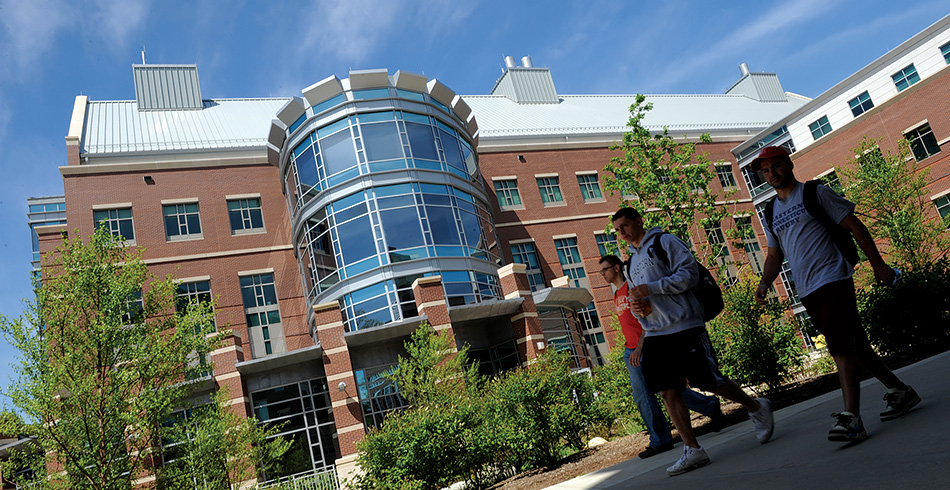*Please note under HEOA Sec. 489, amended HEA Sec. 485B (d) (4) (20 U.S.C. 1092b), all potential students or parents of a student borrowing a Federal Student Loan will have their information submitted to the National Student Loan Data System (NSLDS), and that information will be accessible by guaranty agencies, lenders, and institutions determined to be authorized users of the data.*
Direct Loans are in the student's name. Completion of the FAFSA is required. There are two types of Federal Direct Loans; subsidized and unsubsidized. Subsidized means the federal government pays the interest on the loan for the student as long as the student is enrolled at least half-time. Unsubsidized means the student must pay the interest that accrues during their college career or defer the interest payments until they graduate.
More information on subsidized and unsubsidized loans
First time Direct Loan borrowers are required to complete Entrance Counseling and a Master Promissory Note (MPN). A MPN is a contract under which a borrower receives federally funded loans. These items can be completed electronically at studentaid.gov.
Direct Loan Interest Rates and Aggregate Borrowing Limits
| Year | Dependent Students | Independent Students** |
| First-Year Undergraduate (0-29 credits) | $5,500—No more than $3,500 of this amount may be in subsidized* loans. | $9,500—No more than $3,500 of this amount may be in subsidized* loans. |
| Second-Year Undergraduate (30-59 credits) | $6,500—No more than $4,500 of this amount may be in subsidized* loans. | $10,500—No more than $4,500 of this amount may be in subsidized* loans. |
| Third-Year and Beyond Undergraduate (60 or more credits) | $7,500 per year—No more than $5,500 of this amount may be in subsidized* loans. | $12,500 per year—No more than $5,500 of this amount may be in subsidized* loans. |
| Graduate or Professional Degree Students | Not Applicable | $20,500 – all unsubsidized* |
| Maximum Total Debt from Direct Loans | $31,000—No more than $23,000 of this amount may be in subsidized* loans. | $57,500 for undergraduates—No more than $23,000 of this amount may be in subsidized* loans. $138,500 for graduate or professional students—No more than $65,500 of this amount may be in subsidized* loans. The graduate debt limit includes all federal loans received for undergraduate study. |
*Interest rates are set every July 1st by Congress; More information on current interest rates and origination fees
**Includes dependent students whose parents are unable to qualify for a PLUS Loan


